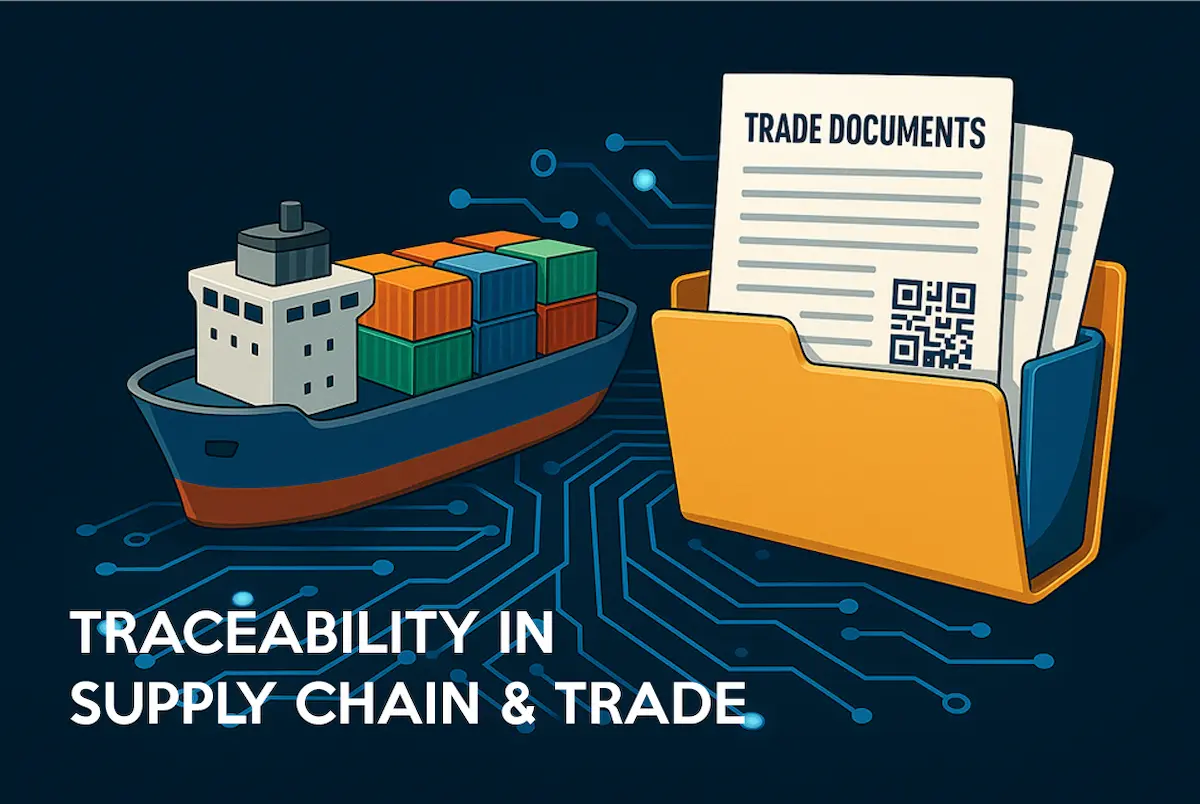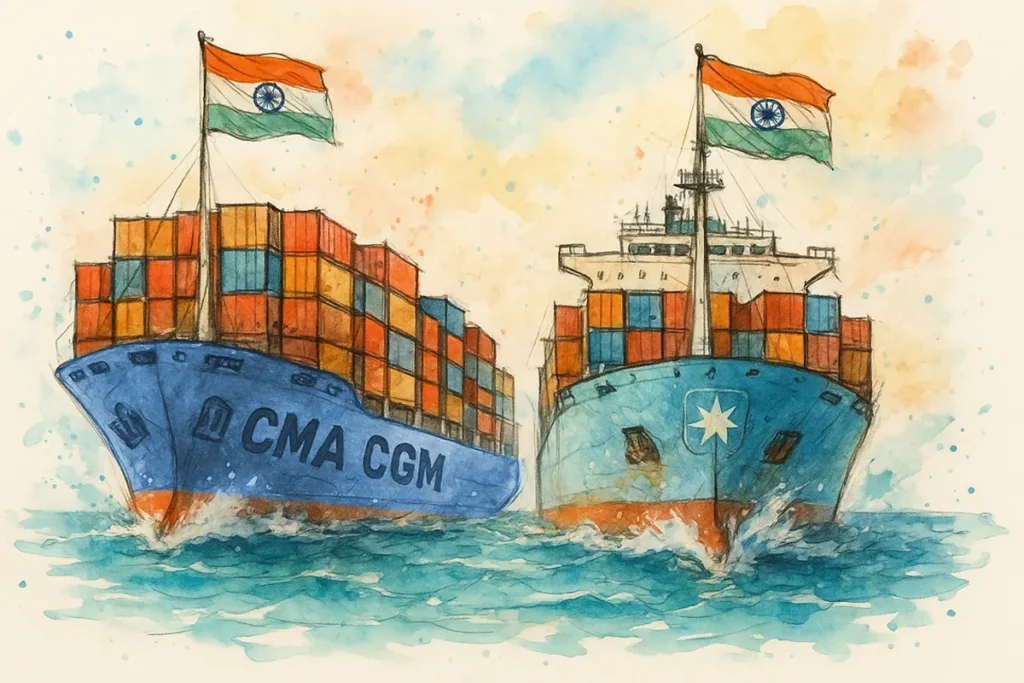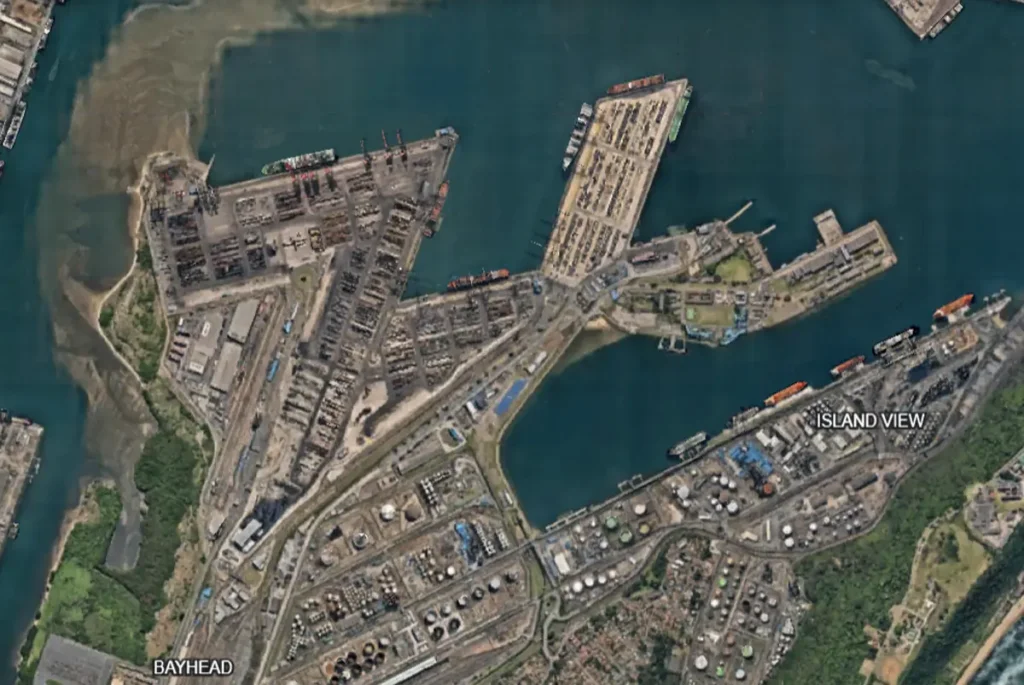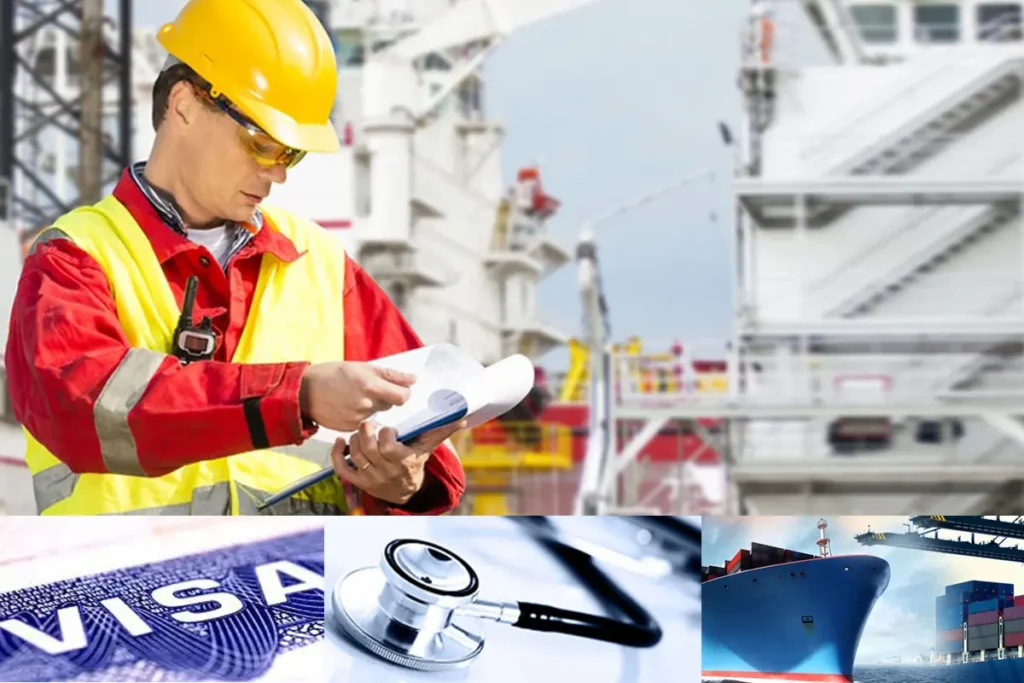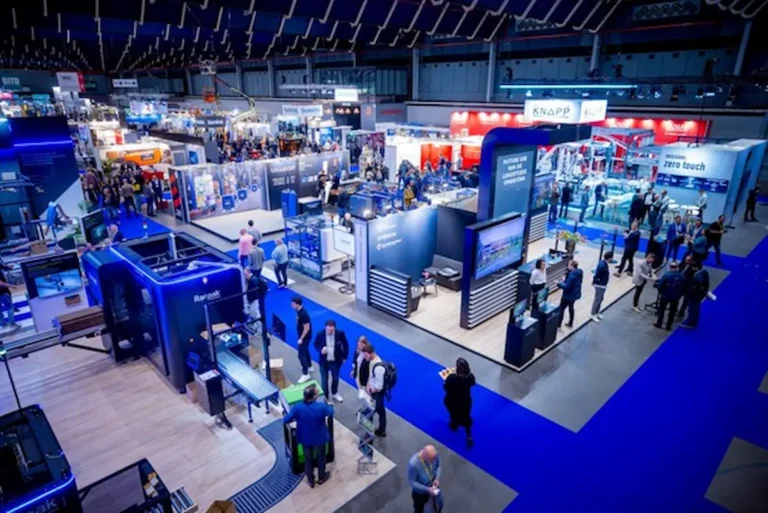The logistics sector is no stranger to tracking shipments as they go from raw material suppliers to customers’ doorsteps. However, a new era of traceability has begun due to increased oversight, shifting consumer perception, and emerging technologies. How will it transform supply chain management?
Traceability’s Transformative Impact
Typically, logistics companies reverse engineer supply chains on a declarative basis to verify product origin, moving from tier one vendors to upstream suppliers. This method is error-prone, but quick. Even so, times are changing. There is no need to sacrifice accuracy for efficiency. Modern data collection, analysis, and utilization look very different from manual recordkeeping.
Enhanced traceability technologies are reshaping conventional methods. Real-time monitoring and noninterchangeable digital certificates of authenticity allow professionals to trace shipments as they move from the first link in the supply chain to the last, eliminating the guesswork.
The Benefits of Traceable Logistics
Traceability helps decision-makers anticipate risks and adjust routes in real time. Given that multinational consumer goods companies source raw materials from as many as 52,000 separate suppliers, manual tracking can be difficult. Digitization and automation have enabled a new level of visibility.
Leaders with a clear, comprehensive view of shipping and freight can handle unpredictable events like insider fraud, recalls, or material shortages. Whether they leverage direct marking with dot-peen markers or radiofrequency identification tags, their proof of authenticity builds confidence and trust.
Traceability systems also act as quality control. They can improve customer satisfaction by ensuring manufacturers and distributors consistently ship high-quality, nondefective products. This is good for retailers and logistics companies because it facilitates harmonious, disruption-free relationships.
Key Drivers and Emerging Trends
Despite being complex, integrating real-time monitoring and predictive tools within logistics processes is catching on. Several notable drivers exist.
Ethical and Sustainable Sourcing
Shifts in consumer awareness and public perception have brought ethical sourcing into the spotlight, especially in sectors like agriculture and fashion. People are becoming increasingly concerned about issues like labor rights, social responsibility, and living wages, and their purchasing habits reflect that.
Regulators are also more perceptive. Around the world, policymakers are introducing new environmental, social,l and governance (ESG) regulations. Sustainability efforts tied to transportation emissions, raw material sourcing, tailpipe emissions, and manufacturing waste have come under a microscope in recent years.
In addition to facilitating sustainability by verifying a product’s origin, traceability maps the journey through the supply network. Brands care about these details because they could impact their bottom line. Logistics companies that provide in-depth tracking gain a competitive edge, so these technologies are catching on quickly.
Autonomous Tools and Digitization
The emergence of artificial intelligence is reshaping modern traceability tactics. For years, logistics professionals focused on scannable tags and tamper-proof seals. Now, data is central to their strategies — and they need something to process the numerous information feeds constantly flowing from suppliers, warehouses, and delivery drivers.
AI is a practical solution for analysis, summarization, and reporting. However, it is a secondary solution. Sensors and blockchain technologies come first. They provide accurate certificates of authenticity. The latter is tamper-proof because no party can change a block after it is created.
In 2024, the World Economic Forum surveyed more than 200 industry leaders for its State of Blockchain Transformation report. It found that 86% of supply chain leaders agree that blockchain provides a competitive advantage. Around 78% have explored implementation. Notably, 85% say ESG factors significantly influenced this decision.
Supply Chain Traceability Obstacles
Since technology is among the main drivers of supply chain traceability, small and midsized logistics companies may get left behind. However, they are equally important as their enterprise-size counterparts, particularly for local distribution, because they fill in the gaps.
Traceability does not necessarily need to be industry standard. However, the more logistics managers buy in, the better everyone understands which strategies work and which do not. It could accelerate research and development, supporting optimization and standardization.
Most solutions continuously generate information, requiring a dedicated team to review data streams simultaneously. Smaller operations may not be able to spare the labor. Automation may be able to lighten their workload, but they must develop an actionable strategy to make the most out of those insights.
Still, analysis may not be enough to satisfy regulators and consumers. Their responsibility does not end with traceability. Once decision-makers understand their carbon footprint, they must develop interventions on top of maintaining their monitoring system.
Improving Traceability in Logistics
Once professionals in the shipping and freight sector overcome the obstacles, they will transform supply chain management for the better. Embedding internet-enabled sensors into trucks and integrating intelligent algorithms into software dashboards is a time-consuming, costly undertaking, but it can lead to substantial returns in the long run.

